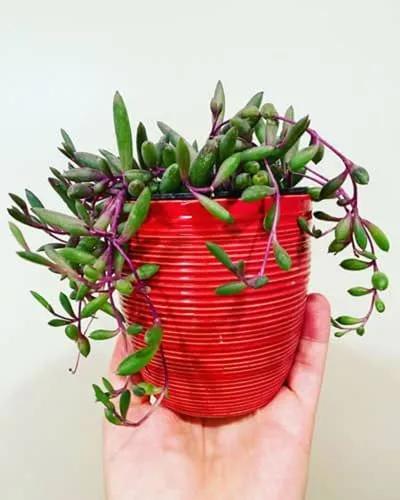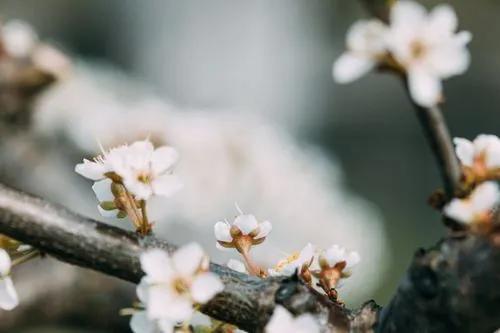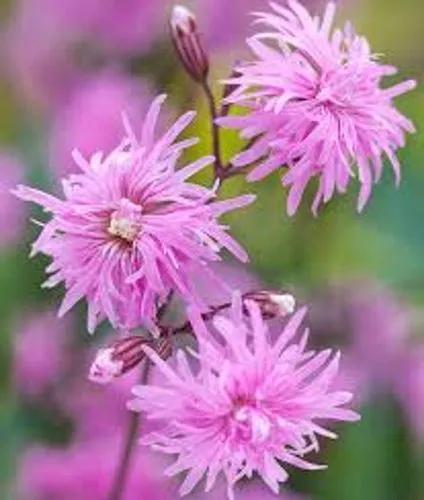Miltonia species have large and long lasting flowers, often in multifloral inflorescences. This fact, allied to being species that are easy to grow and to identify, make them a favorite of orchid collectors all over the world. Species of this genus are extensively used to produce artificial hybrids. Despite the fact that Miltonia is now a well established genus, most of its species were originally classified under other genera as Cyrtochilum, Oncidium, Odontoglossum, and Brassia. All were discovered between 1834 and 1850 with the exception of M. kayasimae, discovered only in 1976. These orchids have two leaves, arising from a pseudobulb, covered with a foliaceous sheath. The inflorescence consists of waxy, nonspurred flowers. The lip is large and flat and lacks a callus at its base. They possess a footless column with two hard pollinia. The flowers have a delicate, exotic scent, some compare to that of roses.
Miltonia Orchid Care
Miltonia Spectabilis
Other names: Pansy Orchids, Brazilian Miltonia



How to Care for the Plant

Water

Orchids require a great deal of water. In fact, in periods of high temperatures they might need to be watered twice a day. During the growing season, the growing medium should be consistently moist but not soggy.

Fertilizer

From the spring to early fall, feed your fern with a liquid houseplant fertilizer at half strength once a month. No fertilization is necessary over the late fall and winter months.

Sunlight

It prefers temperatures above 65 degrees Fahrenheit. They can tolerate lower temperatures, but prolonged exposure to cold can have a profound effect on a plant's growth and flowering.

Soil

These orchids naturally grow in rocky areas with little soil. Their large roots meander through the air and grasp onto nearby trees and other objects. Growing them in a typical potting mix can kill the plants.

Temperature

It prefers temperatures above 65 degrees Fahrenheit. They can tolerate lower temperatures, but prolonged exposure to cold can have a profound effect on a plant's growth and flowering.

Popularity

182 people already have this plant 31 people have added this plant to their wishlists
Discover more plants with the list below
Popular articles






